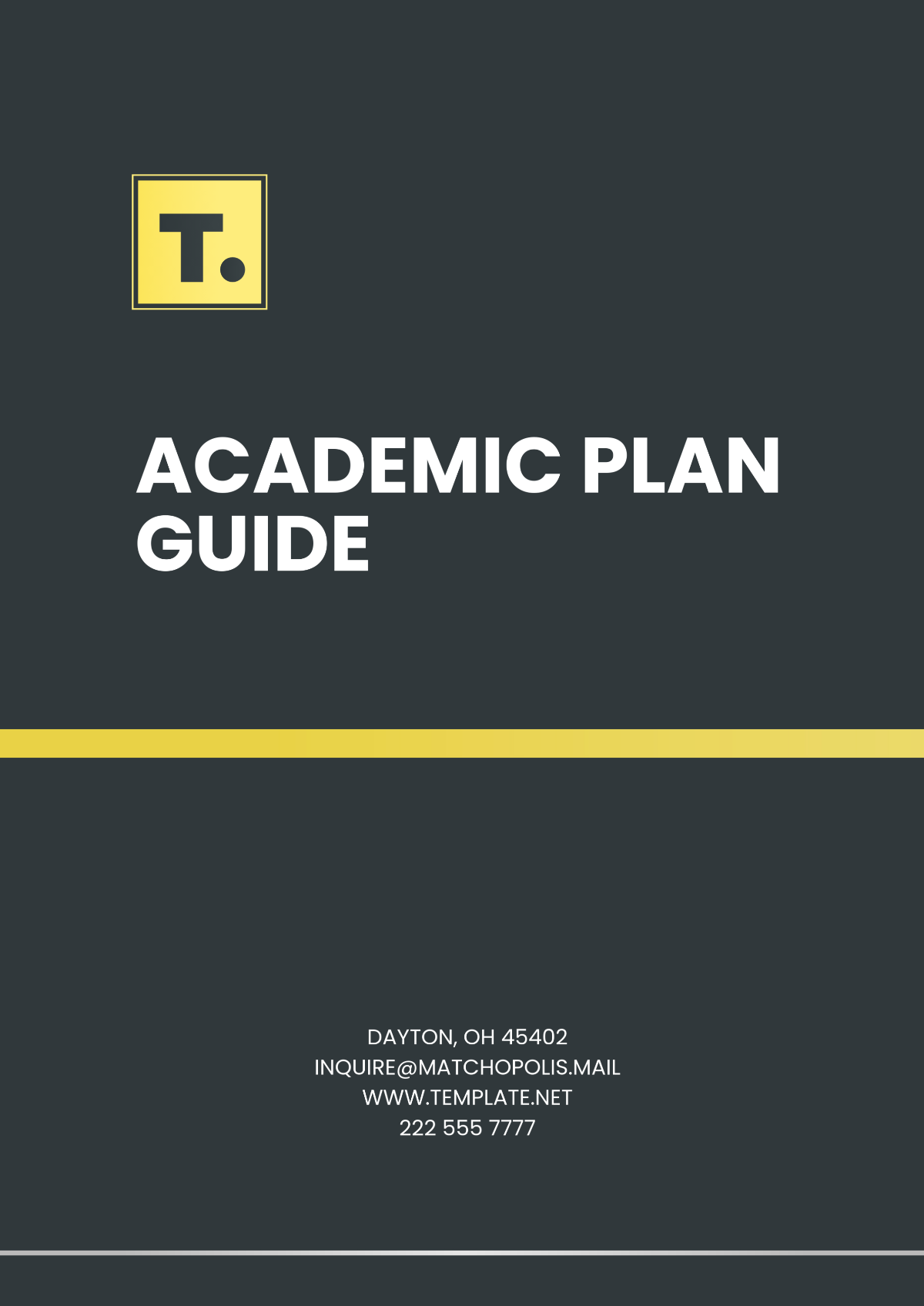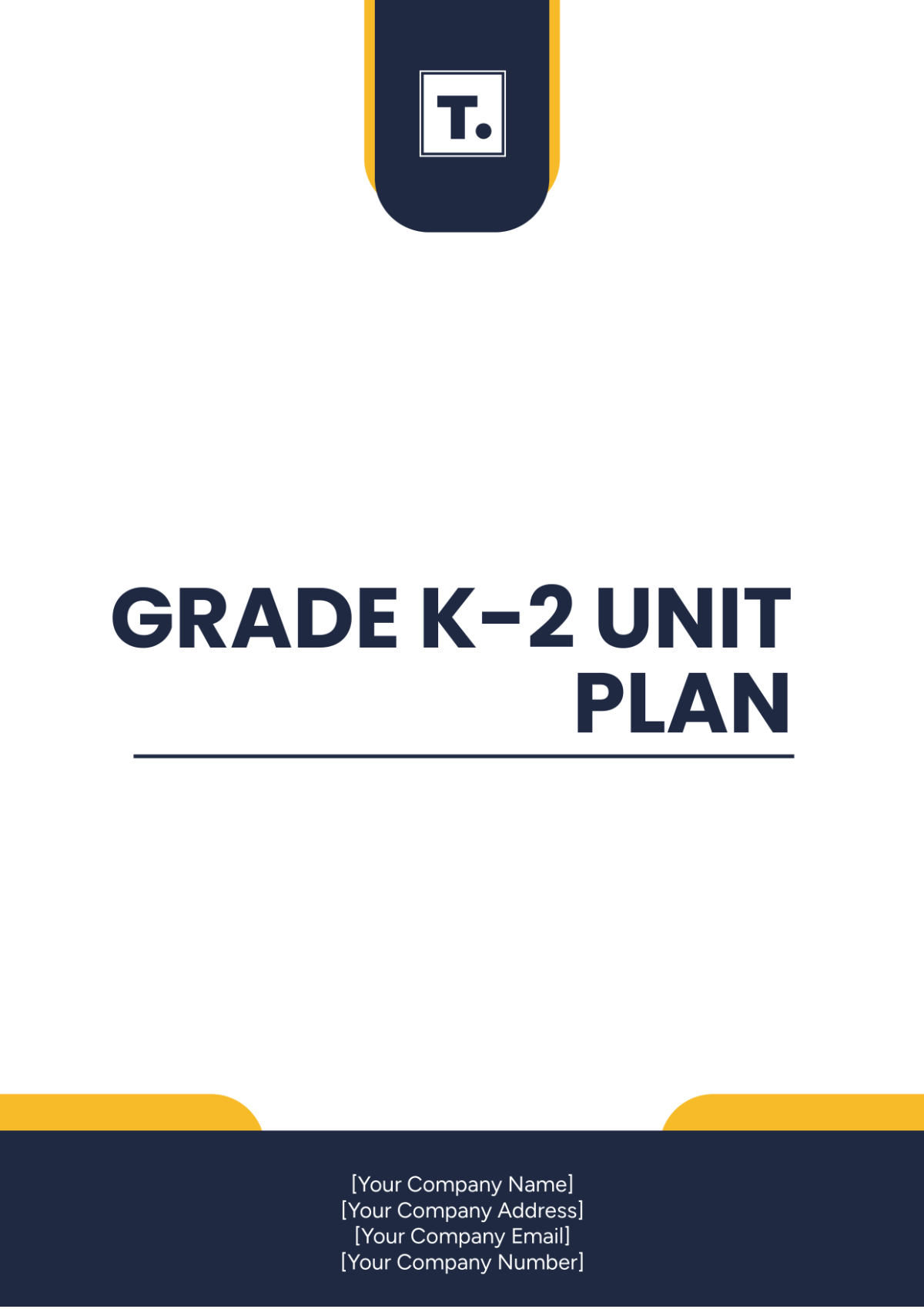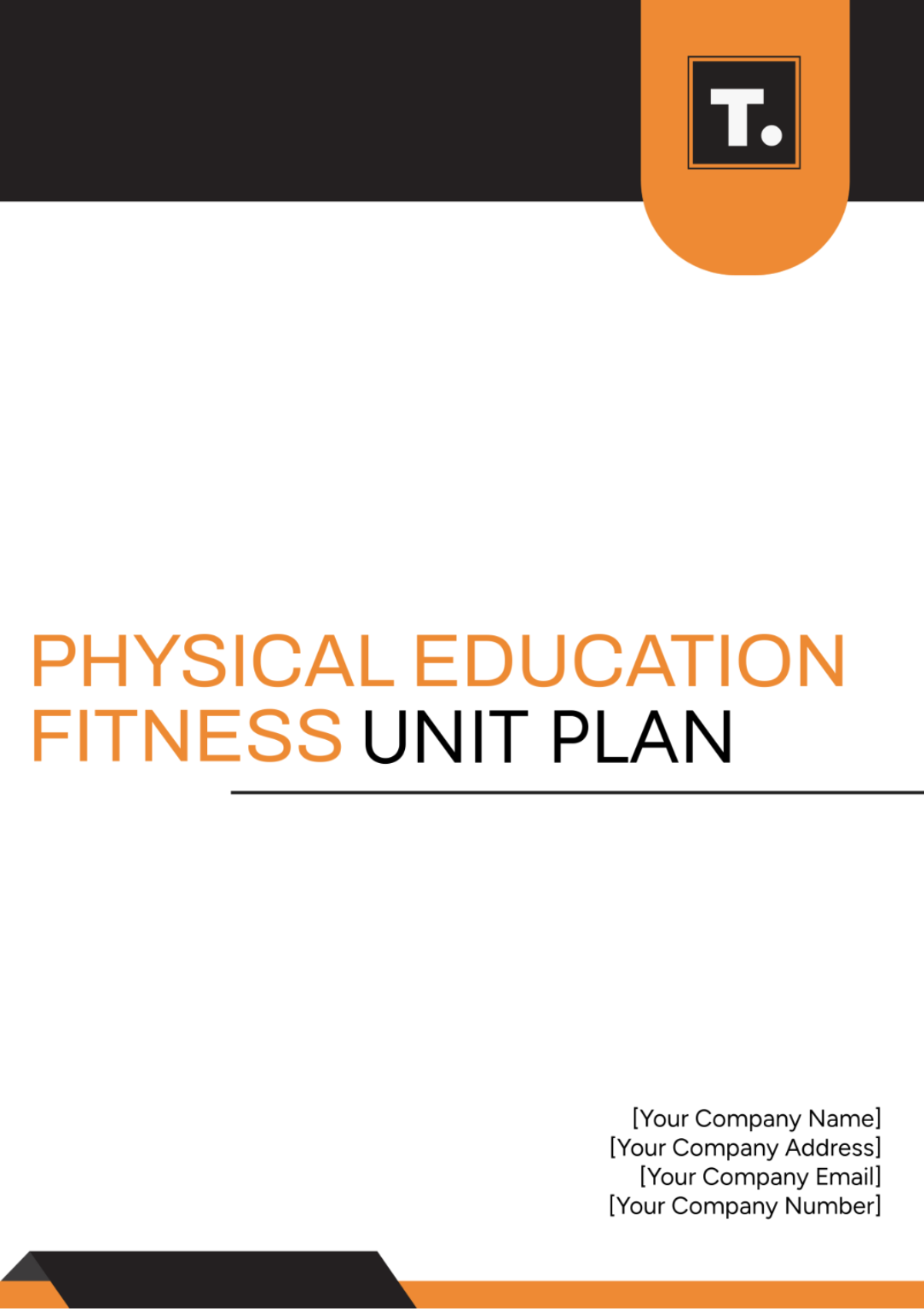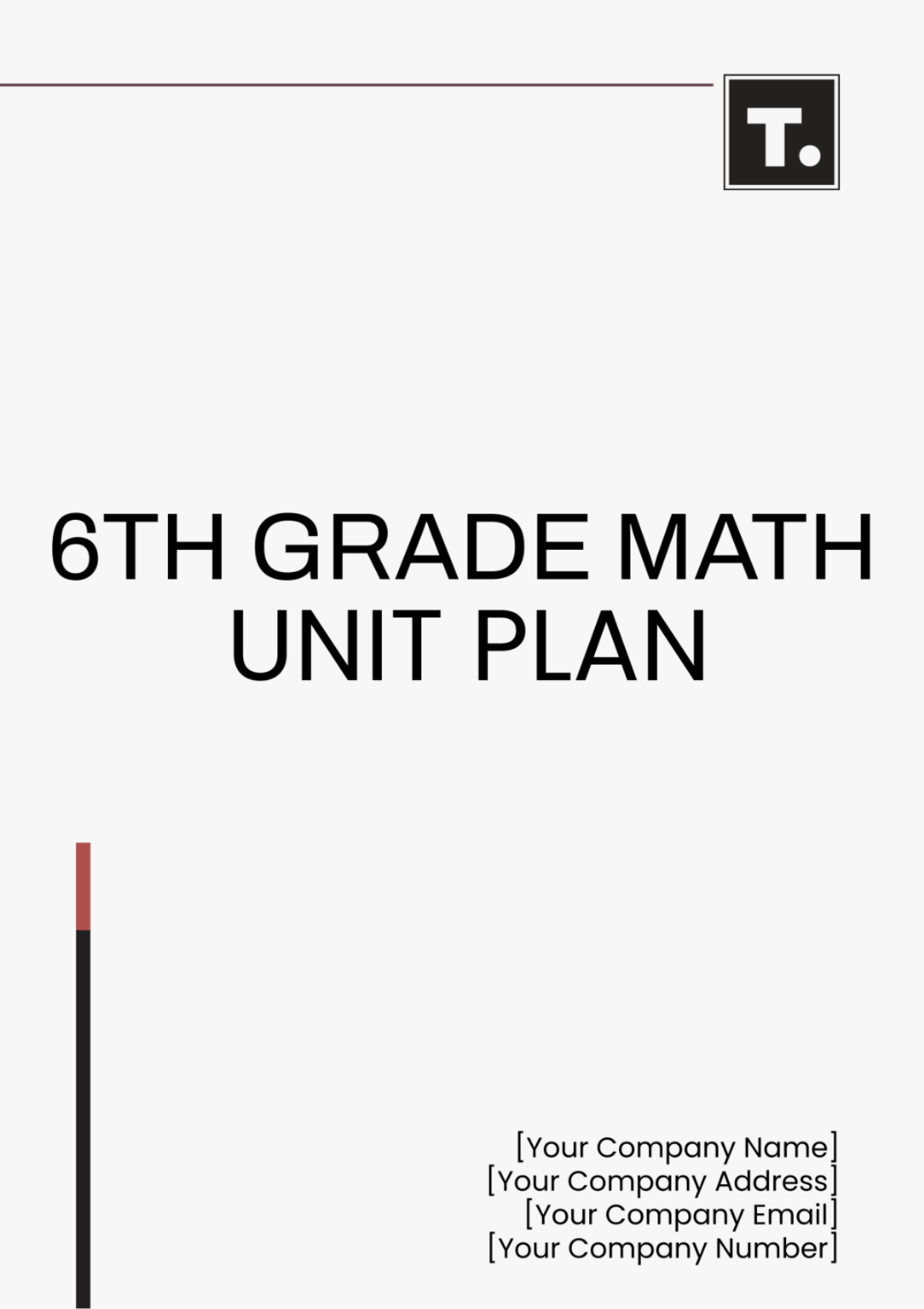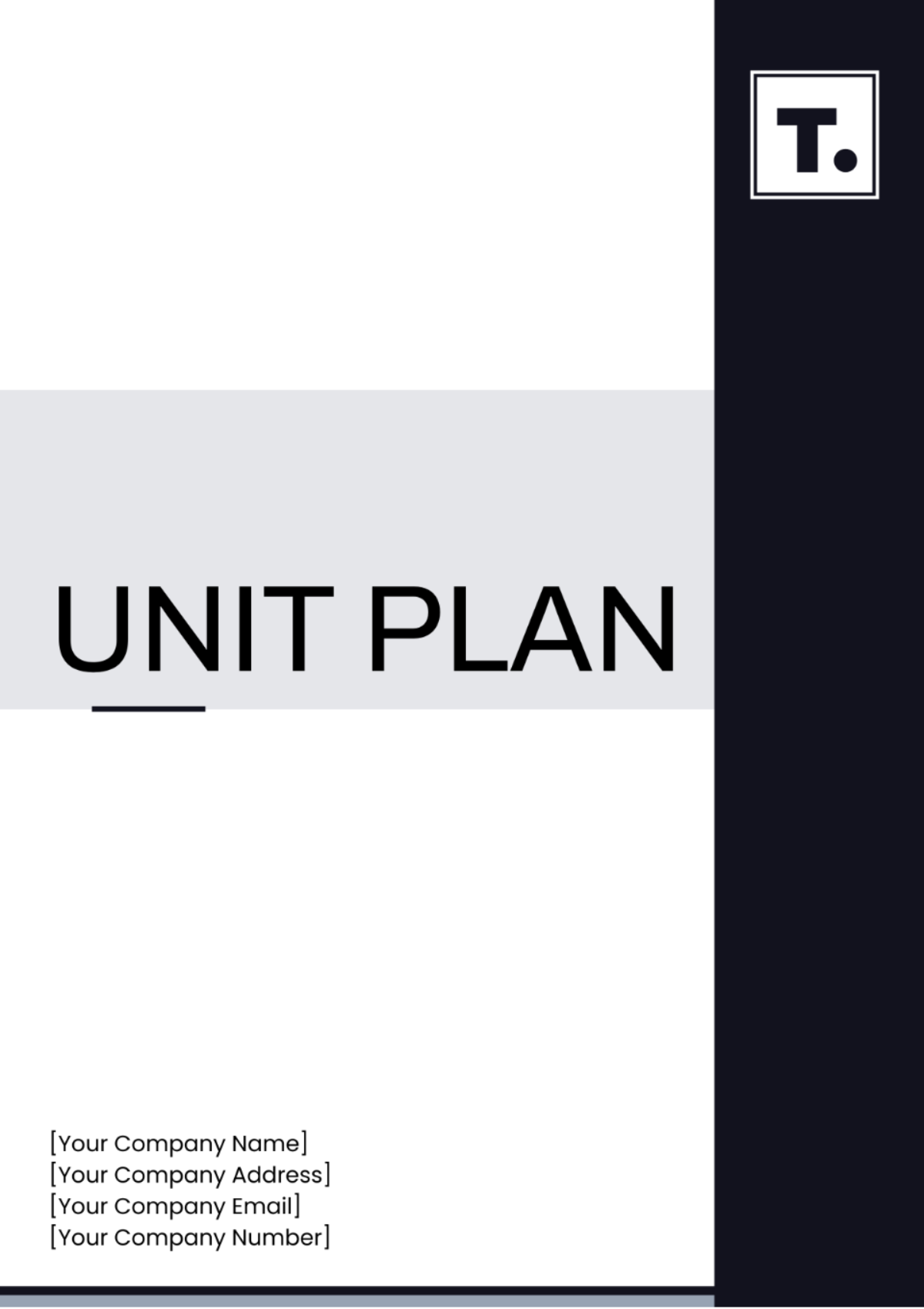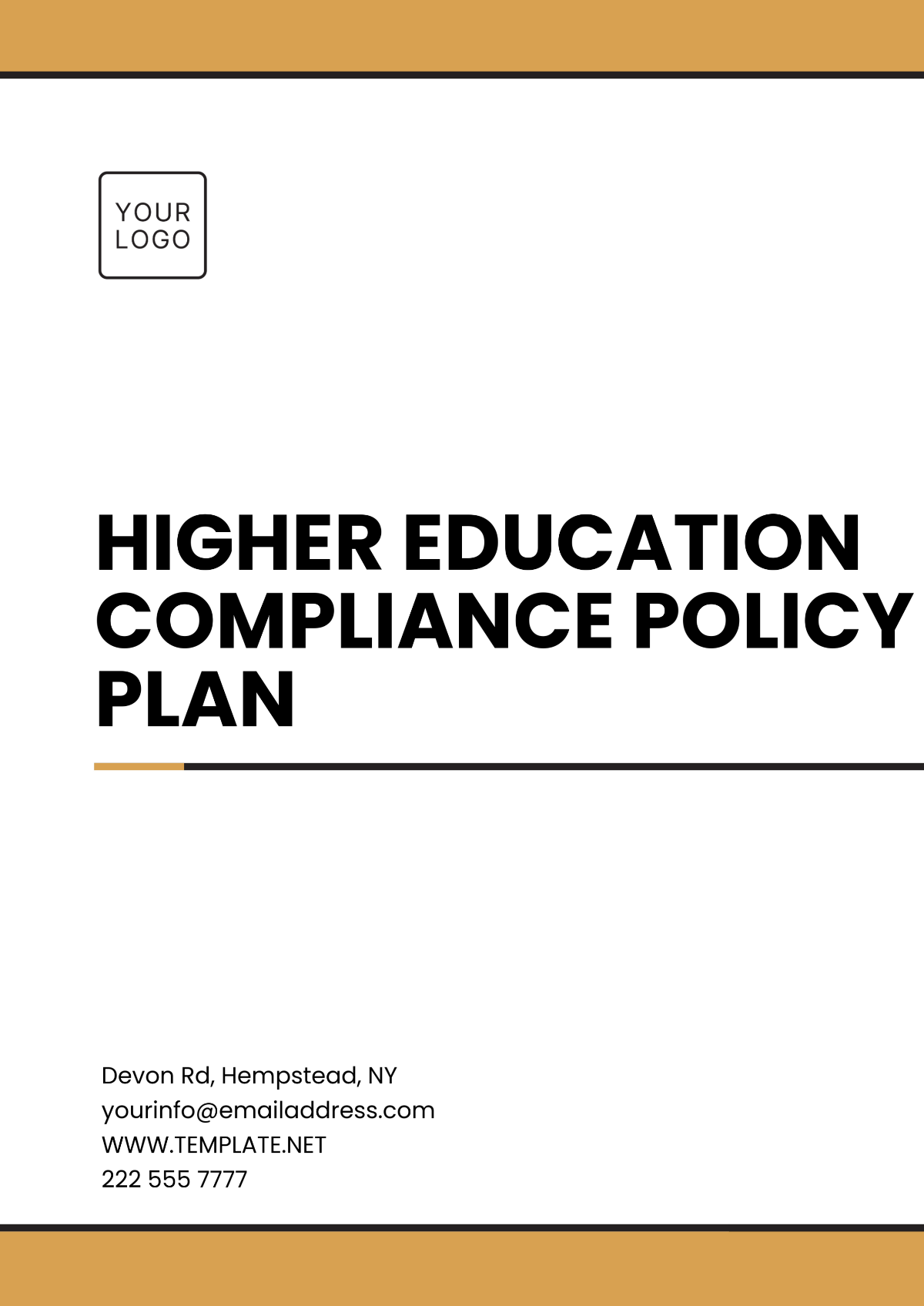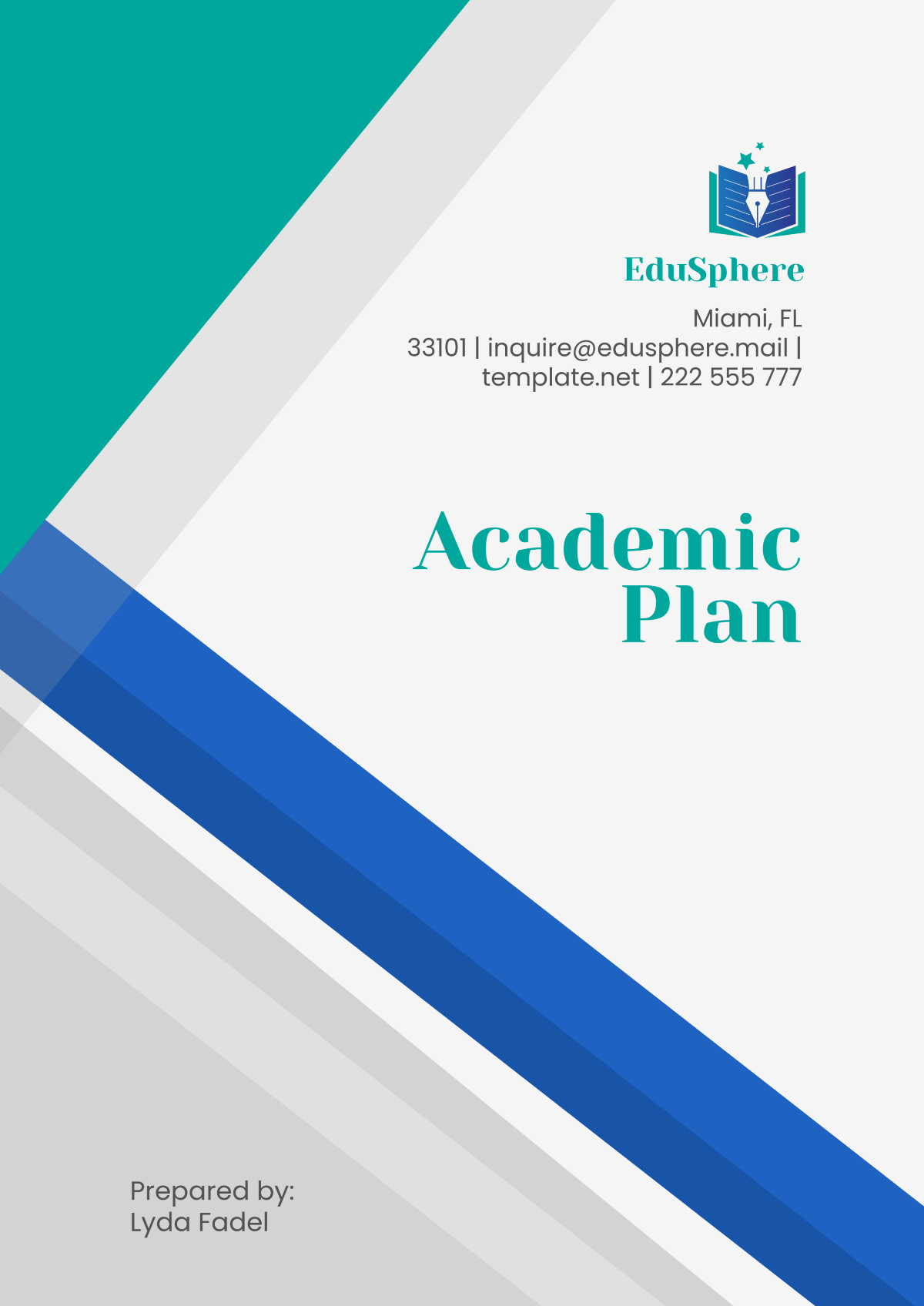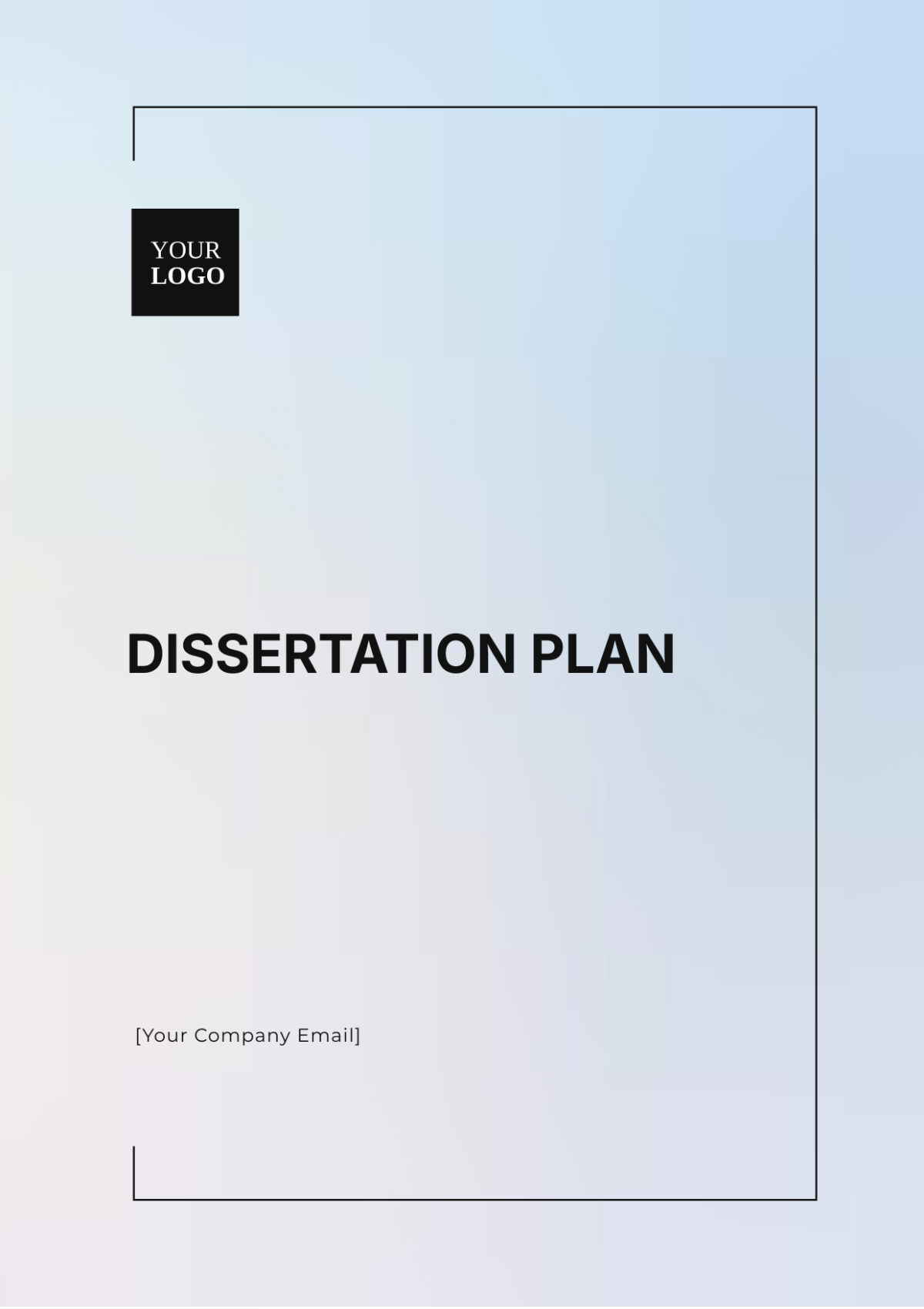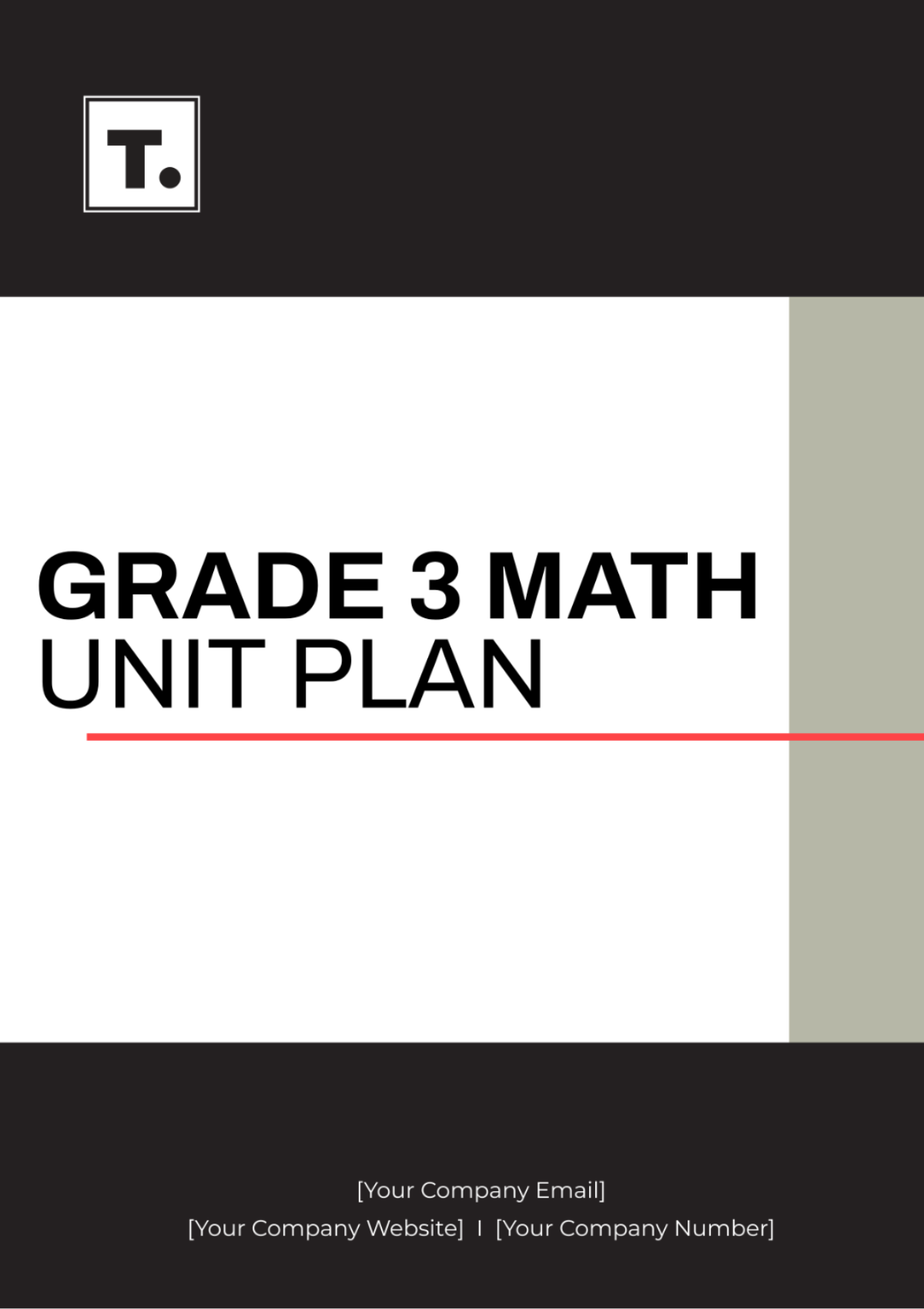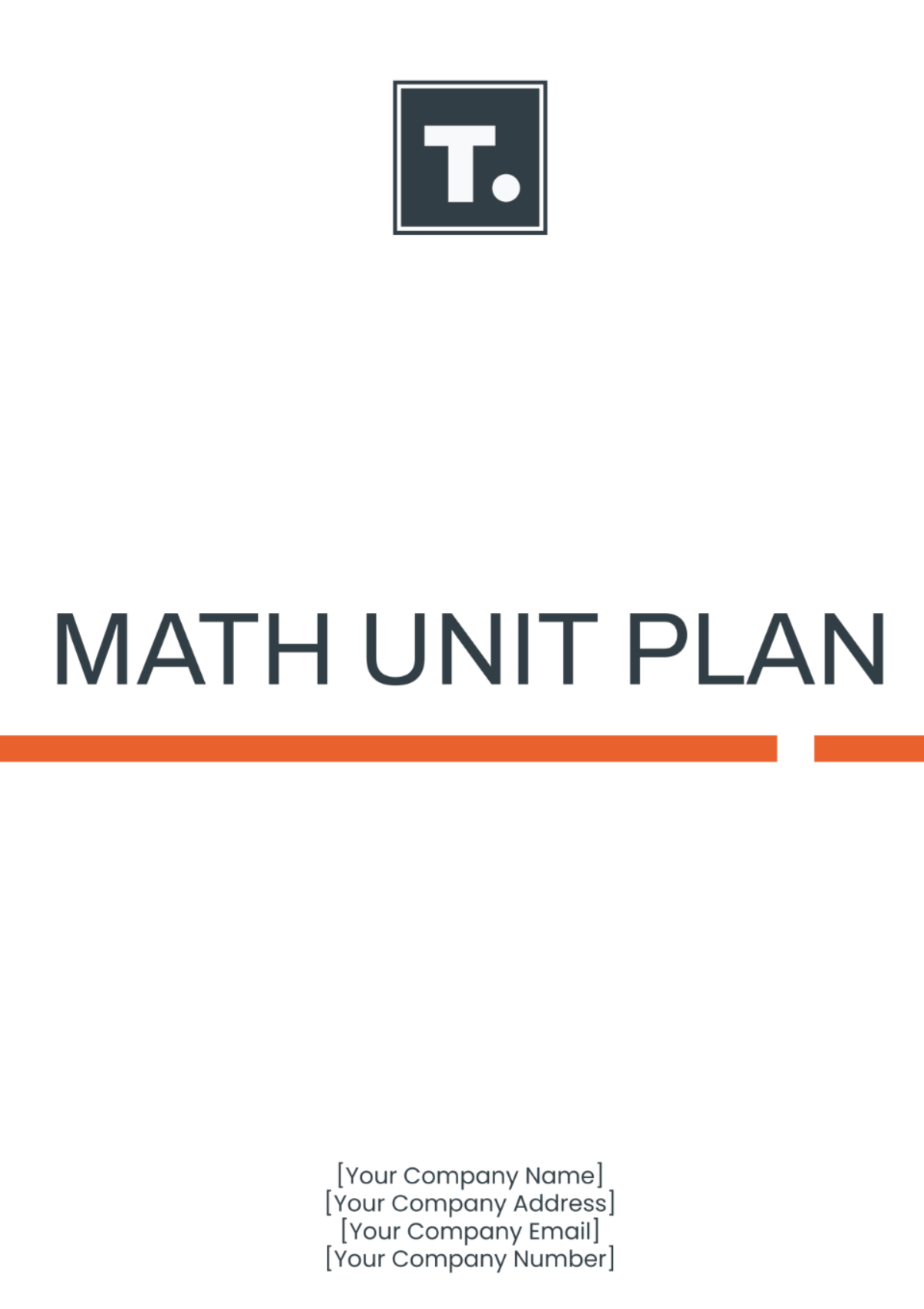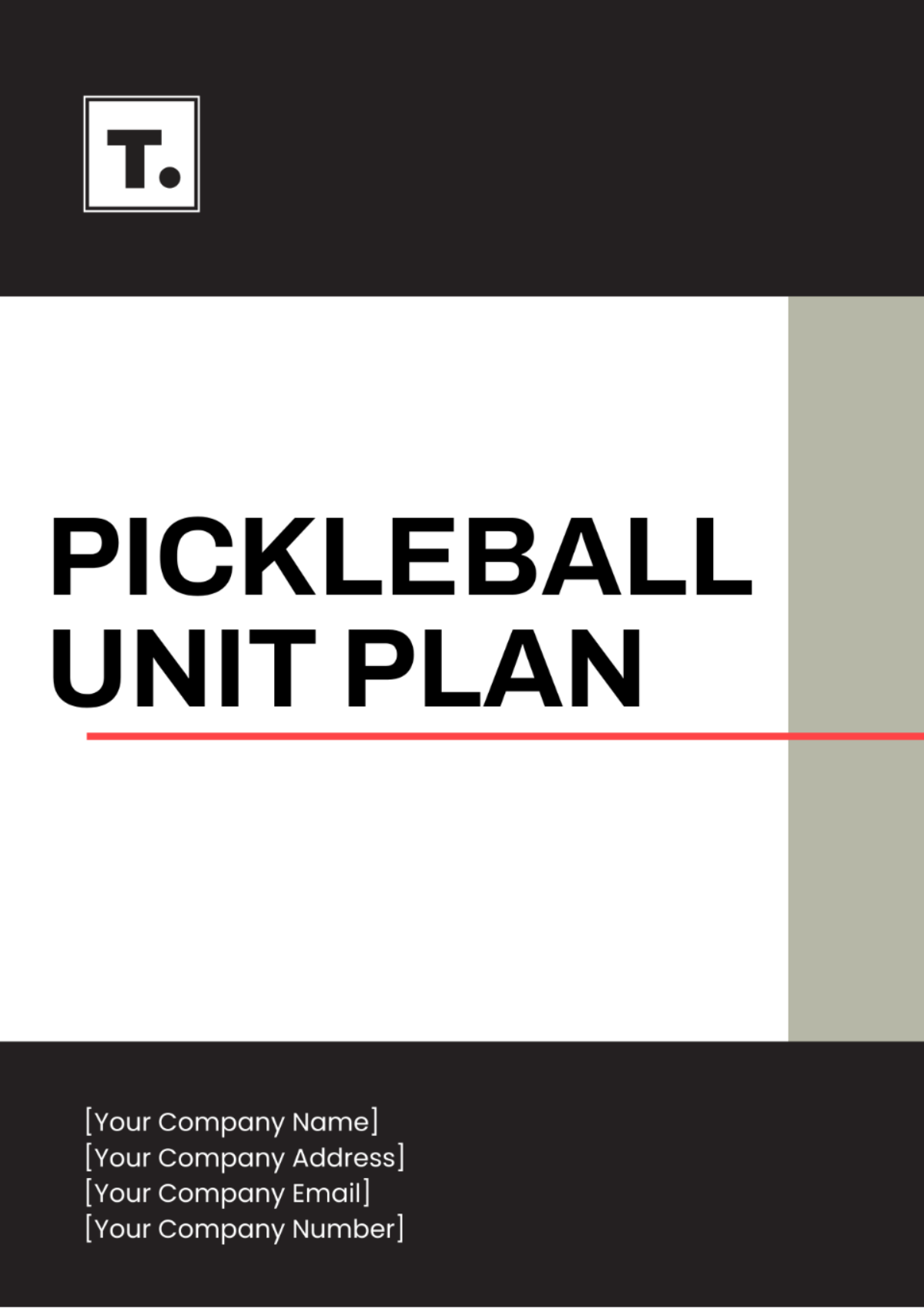Curriculum Unit Plan
Subject: Biology
Topic: Cellular Respiration
Date: February 1, 2054
I. Unit Overview
This unit, titled Understanding Cellular Respiration, will cover the following key topics and concepts:
Introduction to cellular respiration
Glycolysis
Krebs cycle
Electron transport chain
The objective of this unit is to provide students with a comprehensive understanding of cellular respiration processes and their significance in living organisms. By the end of the unit, students will be able to understand and apply the following concepts:
The steps of cellular respiration
The role of ATP in cellular energy transfer
Relationship between cellular respiration and photosynthesis
Factors affecting cellular respiration rate
Keywords: ATP, mitochondria, glycolysis, Krebs cycle, electron transport chain
II. Learning Objectives
Objective 1: Students will be able to describe the process of glycolysis and its significance in cellular energy production.
– Corresponding Standard: NGSS.BIO.MS-LS1-7
Objective 2: Students will analyze the role of the Krebs cycle in cellular respiration and its relationship with other metabolic pathways.
– Corresponding Standard: NGSS.BIO.MS-LS1-5
Objective 3: Students will investigate the electron transport chain and explain its role in ATP synthesis.
– Corresponding Standard: NGSS.BIO.MS-LS1-6
Objective 4: Students will evaluate factors influencing cellular respiration rate, such as temperature and substrate availability.
– Corresponding Standard: NGSS.BIO.MS-LS1-3
III. Instructional Strategies
Strategy | Description | Purpose |
|---|---|---|
Lecture | Comprehensive lectures covering each step of cellular respiration. | To introduce and explain key concepts and processes. |
Group Work | Small group activities analyzing case studies related to cellular respiration. | To promote collaboration and critical thinking skills. |
Hands-on Activities | Laboratory experiments demonstrating cellular respiration processes. | To provide experiential learning and reinforce theoretical knowledge. |
IV. Assessment and Evaluation
Assessment Type | Description | Criteria |
|---|---|---|
Quizzes | Short quizzes at the end of each lesson on specific topics. | Understanding of key concepts and processes. |
Projects | Group projects researching and presenting on real-world applications of cellular respiration. | Application of concepts, teamwork, and presentation skills. |
Final Exam | A comprehensive exam covering all aspects of cellular respiration. | Overall understanding and mastery of unit objectives. |
V. Resources and Materials
Textbooks: "Biology: Concepts and Connections" by Campbell et al., "Cellular Respiration: Methods and Protocols" by Walker
Online Resources: Khan Academy videos on cellular respiration, Virtual Lab simulations
Materials: Glucose, yeast, respirometers, spectrophotometers
VI. Lesson Plans
Lesson 1: Introduction to Cellular Respiration
Duration: 90 minutes
Objective: Introduce students to the concept of cellular respiration and its importance.
Activities: Lecture on overview of cellular respiration, class discussion on ATP and energy transfer.
Resources: PowerPoint slides, diagrams of cellular respiration processes.
VII. Reflection and Evaluation
At the end of the unit, a reflective session will be held to evaluate the effectiveness of the instructional strategies and student learning outcomes. The following questions will guide the reflection:
What aspects of the unit were most successful?
What challenges were encountered, and how were they addressed?
How can the unit be improved for future iterations?
Prepared by: [Your Name]
Company: [Your Company Name]
Website: [Your Company Website]
Social Media: [Your Company Social Media]
This example provides a structured unit plan for teaching cellular respiration in a high school biology class, incorporating various instructional strategies and assessment methods.


